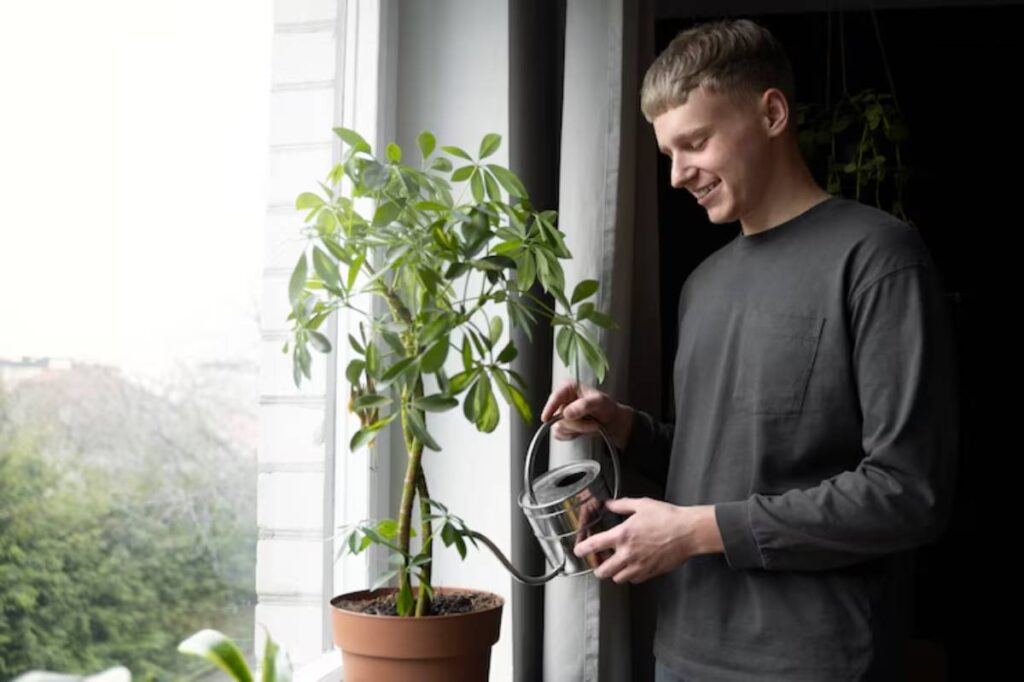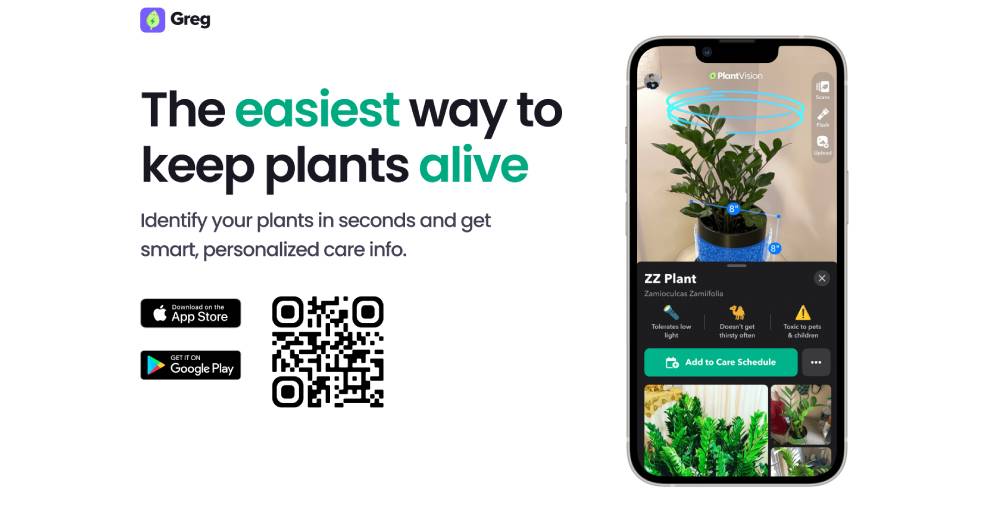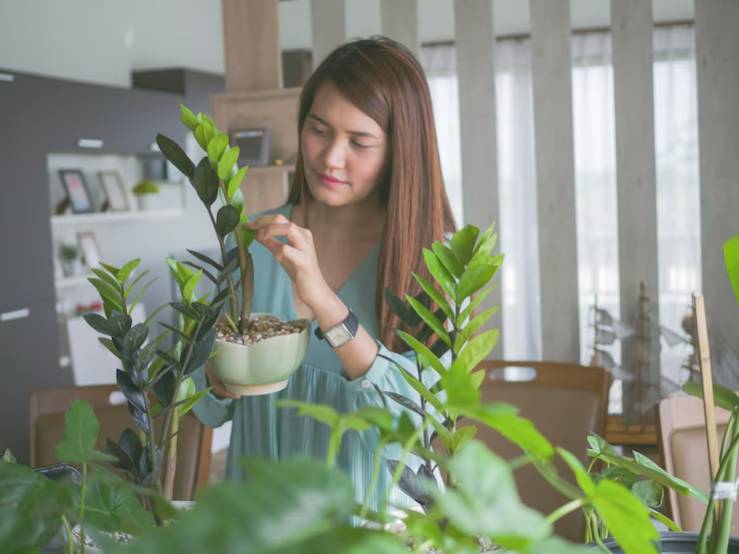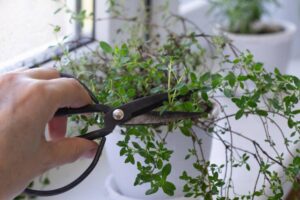The Interior Blog

The Ultimate Indoor Watering Schedule for Busy People
If you’ve ever returned home after a long week only to find your plants drooping in despair, you’re not alone. Between work deadlines, weekend plans, and everything in between, remembering to water your indoor plants can feel like one more chore on an already packed to-do list. But here’s the good news — keeping houseplants healthy doesn’t require daily fussing. With the right watering schedule, you can maintain vibrant greenery with minimal time investment.
In this guide, you’ll learn how to build a stress-free indoor gardening schedule that suits your busy lifestyle. Whether you’re nurturing succulents on your windowsill or managing a mini jungle of ferns and palms, these plant watering tips will help you stay consistent, avoid common mistakes, and create a rhythm that works for you and your plants.
Let’s dive into a more practical, forgiving way to care for your houseplants — one that brings more green into your life without demanding all of your attention.
Why indoor plants need a tailored watering schedule

Every plant — and space — is different
You may have heard the standard rule: “Water once a week.” While easy to remember, it’s not reliable.
Plant needs vary widely based on:
- Species: A cactus needs far less water than a Boston fern.
- Pot size and type: Smaller pots dry out faster. Terracotta absorbs moisture, while plastic retains it.
- Environment: Sunlight, humidity, and airflow all affect soil moisture.
If your watering routine doesn’t account for these factors, your plants may either dry out or drown — both equally harmful.
Busy lifestyle? Timing is everything
The key for busy individuals is consistency. Instead of reacting when a plant looks unwell, having a set routine based on your schedule and plant type keeps problems at bay.
Pro tip: Group plants with similar needs together. It’s faster to care for them and reduces the chance of miswatering.
Building your ideal indoor gardening schedule
Step 1: Understand your plant groups
To make your watering routine manageable, start by grouping your houseplants into three categories:
1. Low-Water Plants: These include succulents, cacti, snake plants, and ZZ plants. Watering frequency: Every 10–14 days.
2. Medium-Water Plants: Common houseplants like pothos, rubber plants, and peace lilies. Watering frequency: Every 7–10 days.
3. High-Water Plants: Ferns, calatheas, and tropical plants that love humidity. Watering frequency: Every 3–5 days.
Use this grouping as the backbone of your indoor gardening schedule.
Step 2: Choose set days for watering
If you’re busy, pick one or two non-negotiable days per week to check and water your plants.
For example:
- Wednesday for high-water plants
- Saturday for everything else
By building this into your existing weekly habits — maybe while making your morning coffee — it becomes second nature.
Quick-reference indoor watering schedule for busy people
| Plant Type | Watering Frequency | Ideal Day(s) | Succulents & Cacti | Every 10–14 days | Saturday (bi-weekly) | Common Houseplants | Every 7–10 days | Saturday | Tropical Plants | Every 3–5 days | Wednesday & Saturday |
Signs your watering schedule needs adjusting
Don’t blindly stick to a calendar — your plants will tell you what they need.
Watch for:
- Drooping leaves: Often a sign of both under- or overwatering.
- Yellowing leaves: May indicate excess moisture.
- Dry soil: Test with your finger — the top 2.5cm should be dry before rewatering most houseplants.
How to water efficiently: tips that save time
1. Use the soak and drain method
Water thoroughly until excess water runs from the pot’s drainage holes. This ensures the roots get enough water and avoids salt build-up from shallow watering.
2. Avoid the “little and often” trap
Giving small amounts of water frequently often leads to shallow roots and poor plant health. It’s better to water deeply and less often — it’s faster and more effective.
3. Prepare a watering station
Keep your tools in one place: a watering can, a moisture meter (optional but helpful), and an old towel for spills. This saves time and keeps messes to a minimum.
4. Use self-watering planters for ultra-busy weeks
If you travel or work irregular hours, consider self-watering pots or even watering globes. These tools regulate moisture and extend the time between waterings.
Creating a digital plant care calendar

In the digital age, why not get your phone involved?
- Use calendar reminders: Set repeating events for watering days.
- Try plant care apps: Apps like Greg, Planta, and Blossom provide custom watering alerts based on your plant types and environment.
This small step can take the mental load off your shoulders, especially when you’re juggling a packed week.
What to do when you’re away or forget
Even the best schedule can be interrupted.
If you’re away for a few days:
- Group plants in the bathtub on a wet towel to maintain humidity.
- Ask a friend to follow your simple plant group chart.
- Use water-absorbing spikes for extended watering.
If you’ve skipped a few days:
- Don’t panic. Most indoor plants are forgiving if it’s an occasional miss.
- Resume your normal routine and monitor closely for a week.
Common watering mistakes (and how to avoid them)
Avoiding these errors will instantly improve your plant care game:
- Overwatering “just in case” – Leads to root rot and fungal growth.
- Watering on a strict calendar without checking soil moisture – Not every plant dries out at the same pace.
- Using pots without drainage – Traps excess water and suffocates roots.
- Letting plants sit in standing water – Causes root decay.
- Assuming one-size-fits-all – Your fern and cactus have wildly different needs.
The houseplant care mindset for busy people

Caring for houseplants shouldn’t be another job. By thinking of plant care as a mindful break — rather than a chore — you can genuinely enjoy the process.
Take 5–10 minutes on your watering days to:
- Check for new growth
- Wipe leaves free of dust
- Prune any dying foliage
- Rotate pots for even sunlight
These moments connect you to your space and create a home that feels alive and intentionally styled.
If you’re ready to go deeper, check out our guide on How to Clean and Dust Your Indoor Plants Properly — an essential part of weekly plant care that also improves air quality and plant health.
For aesthetic-minded plant lovers, don’t miss our styling advice in How to Style Indoor Plants Like a Pro Interior Designer, where watering routines are seamlessly integrated into your decor rhythm.
Conclusion: bring consistency to your greenery, not complexity
You don’t need to be a full-time plant whisperer to maintain lush indoor greenery. By creating a realistic watering schedule based on your plants’ needs and your lifestyle, you build a sustainable rhythm that keeps your home looking fresh — even when life gets hectic.
With just a little upfront planning, you’ll avoid overwatering disasters, prevent crispy leaves, and actually enjoy caring for your plants. The result? A home that breathes life back into your daily routine.
Ready to take control of your houseplant care routine? Start building your customised watering schedule today, and share your biggest plant struggles or tips in the comments. Let’s grow together.









